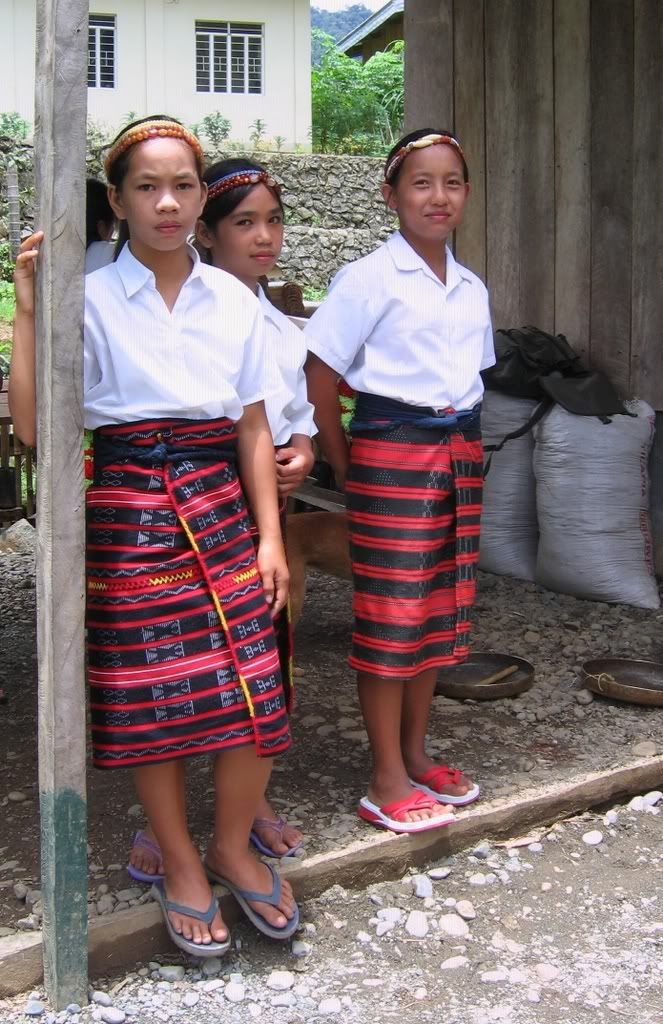when the media are the message: looking back on the manila pen siege
On November 29, 2007, those who report the news became the news.
At last year's standoff at the Manila Peninsula between Sen. Antonio Trillanes IV, Brig. Gen. Danilo Lim, and their men on the one hand, and government forces led by the Philippine National Police on the other, the media found themselves in the middle -- a sort of gray area where the reporter met the reported and became both victim and culprit.
For even as the reporters were teargassed and shot at along with the rebel soldiers after the PNP's 3pm deadline for leaving the hotel, they were among the more than 100 people arrested that day.
The Manila Peninsula incident not only raised many questions on the arrests and on the sometimes opposing sides the media and the government take, it also called attention to how journalists make judgment calls.
They were asked to leave the hotel by 3pm, but did not. A story was unfolding, and they had to be there to cover it.
What happened after the deadline is now known and has been the subject of many editorials, reports, debates, and perhaps most important of all, dialogue.
In a story by Newsbreak's Carmela Fonbuena last year, journalism professor and media ethics advocate Chay Hofileña pointed out that things could have been different:
[S]he expressed the belief that the media should have left the hotel as requested. She agreed that to leave an area of coverage was a reporter’s call, but she questioned the news judgment that was employed in this case. To her, the story did not merit extensive media coverage.
By the time the police requested the media to vacate the hotel shortly before the 3 p.m. deadline, Hofileña said that surely the reporters had already “enough” coverage for their stories. And because the incident occurred in a confined area, “chances of your reporters getting hurt are higher,” she added. “Is it worth putting your reporter’s life on the line? Was the story of such importance? My sense is it was not. There was no massing of people and there were only a few soldiers. It appeared that it wasn’t well organized. From the onset, as experienced journalists, you had an indication that it was doomed to fail.”
Of course it would have been a bigger story had Trillanes and his men succeeded. But the more important point here is the threat to the journalists' safety.
Fortunately -- and no thanks to the soldiers who later on sealed all exits and kept the reporters effectively trapped inside the hotel -- no one was hurt.
When the press conference turned into a war zone, the reporters didn't have to be there. But their being there didn't make them rebels. And it certainly didn't make them conspirators.
At the end of the day -- after the wet handkerchiefs, the smoke, and the handcuffs -- the media were there simply because they had a job to do.
How well they continue to do that job will rest on many things. One of these is how well they make judgment calls to secure their safety or to secure the story no matter what.












